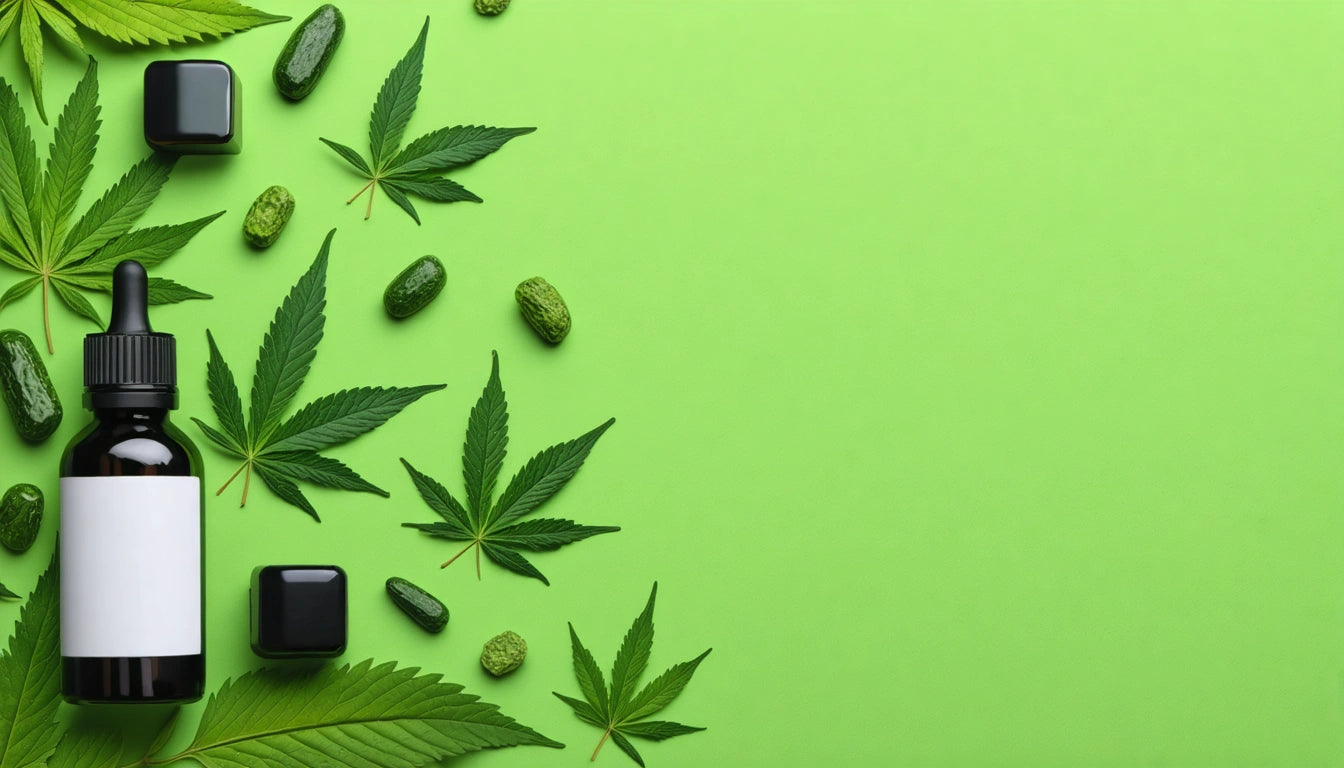Table of Contents
Cannabis brands face a unique challenge: creating packaging that satisfies strict regulatory requirements while also meeting growing consumer demand for environmental responsibility. This balancing act requires innovative solutions, material science knowledge, and strategic planning to execute effectively.
The Tension Between Compliance and Sustainability
The cannabis industry operates under stringent packaging regulations that often conflict with sustainability goals. Child-resistant features, opaque materials, and tamper-evident seals are mandatory in most markets but traditionally rely on materials that are difficult to recycle or compost.
According to research on regulatory impacts, compliance requirements can increase packaging complexity by up to 40% compared to non-regulated consumer goods. This complexity often translates to additional materials, adhesives, and components that complicate end-of-life disposal.
Key Compliance Requirements
- Child-resistant mechanisms (push-and-turn, squeeze-and-pull)
- Opacity requirements to limit product visibility
- Tamper-evident features
- Space for extensive warning labels and test results
- Durability standards for maintaining product integrity
Sustainable Materials That Meet Regulatory Standards
Despite challenges, innovative materials are emerging that satisfy both compliance and sustainability objectives. Understanding the difference between compostable and recyclable options is crucial for making informed decisions.
Hemp-based plastics, reclaimed ocean plastic, and advanced biopolymers offer promising alternatives to traditional petroleum-based packaging. When sourcing materials, brands should verify environmental claims through recognized certifications like BPI Compostable, FSC, or recycled content verification.
For operations requiring precise measurement during packaging, reliable digital scales ensure compliance with weight regulations while minimizing product waste, an often overlooked aspect of sustainability.
Design Strategies for Reducing Environmental Impact
Thoughtful design can significantly reduce packaging's environmental footprint while maintaining regulatory compliance. Innovative designs that minimize materials include:
Minimalist Approaches
- Right-sizing containers to product volume
- Eliminating unnecessary secondary packaging
- Designing child-resistant features that don't require additional materials
- Incorporating reusable elements where regulations permit
Some brands are pioneering reusable packaging programs that allow consumers to return containers for sanitization and refilling, dramatically reducing waste while maintaining compliance through controlled processes.
Consumer Education and Transparency
Effective communication about packaging choices builds consumer trust and encourages participation in sustainability efforts. Educating consumers on proper disposal methods is essential, as even the most sustainable packaging fails if improperly discarded.
Clear instructions for disassembly, recycling, or composting should be included on packaging. QR codes linking to detailed disposal information can provide guidance without cluttering limited label space. However, brands must be careful to avoid greenwashing in their communications, ensuring all environmental claims are substantiated and specific.
The Business Case for Sustainable Compliance
Investing in sustainable packaging that meets compliance requirements can deliver tangible business benefits. Studies show that sustainable packaging can boost brand image and customer loyalty, particularly among millennial and Gen Z consumers who prioritize environmental responsibility.
While eco-friendly materials often carry premium costs, strategic approaches can maintain margins while incorporating sustainability. These include:
- Bulk purchasing to reduce per-unit costs
- Simplified designs that require less material
- Highlighting sustainability as a value-add justifying premium pricing
- Leveraging tax incentives available for sustainable business practices
Case studies of successful implementations demonstrate that brands embracing this challenge often emerge as industry leaders, capturing market share through differentiation and alignment with consumer values.
Future Innovations Bridging the Compliance-Sustainability Gap
The future of cannabis packaging lies in continued innovation that further reduces the tension between regulatory requirements and environmental goals. Emerging technologies like biodegradable bioplastics derived from agricultural waste, edible packaging materials, and advanced recycling processes promise to transform the industry's approach.
Regulatory evolution is also underway, with some jurisdictions beginning to recognize and accommodate sustainable packaging innovations while maintaining safety standards. Industry advocacy for sensible regulation that protects consumers while enabling environmental progress remains crucial.
As zero-waste aspirations become increasingly important to consumers, brands that proactively develop solutions to the compliance-sustainability dilemma will be positioned for long-term success in an increasingly conscious marketplace.











Leave a comment
All comments are moderated before being published.
This site is protected by hCaptcha and the hCaptcha Privacy Policy and Terms of Service apply.